French Medical Mission Brings Hope to Moroccan Villagers
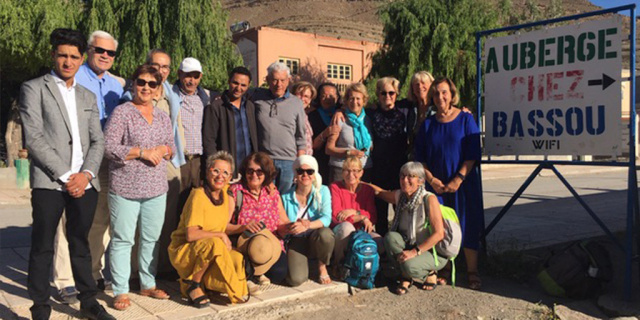
Every year, the isolated villages of the Atlas Mountains in Morocco wait with hopeful anticipation for the Solidarité Maroc medical caravan. Located near the town of Imilchil at elevations exceeding 2,300 meters, these villages do not have a permanent access to medical care, so the villagers must travel long distances to reach the nearest hospital. …
Doctors Use Pediatric Ultrasound in Bolivia
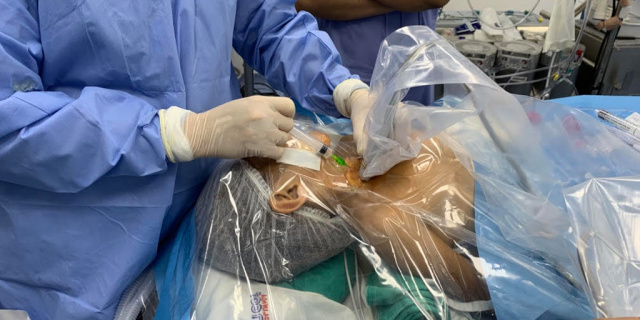
Pediatric cardiac anesthesiologist Dr. Pablo Motta MD, FAAP recently returned from Bolivia on a medical mission for HeartGift, developed through a partnership between by Texas Children’s Hospital and Memorial Herman Children’s Hospital, both located in Houston, Texas, and la Fundación Incor. in Santa Cruz, Bolivia. The goal of this mission is provide free, world-class pediatric cardiac care to children from underserved areas of Santa Cruz, Bolivia and its surroundings. …
POCUS’ Contribution to Value-Based Medicine
Axis Imaging News
Diku Mandavia, MD, FACEP, FRCPC, Chief Medical Officer at FUJIFILM Sonosite
With healthcare costs continuing to increase and more insurance companies talking to their hospital providers about signing new value-based payment contracts, a new emphasis on total cost of ownership in the evaluation of medical equipment for purchase is occurring. In this article published in AXIS Imaging News by Dr. Diku Mandavia, Chief Medical Officer, FUJIFILM Sonosite, hospitals can learn how to monetize the ongoing training and education, downtime contingency options, and replacement costs when evaluating the total cost of purchasing a piece of ultrasound equipment. Dr. Mandavia also shares how medical imaging equipment companies and hospitals can work together to develop implementation strategies for medical devices, in this case ultrasound systems, to bring down the costs of care while supporting better patient outcomes. Please read this article entitled, “POCUS’ Contribution to Value-Based Medicine,” to learn more.
…
One for All - Standardizing Medical Equipment

The North West Anglia NHS Foundation Trust serves approximately 700,000 residents of Cambridgeshire, South Lincolnshire, and the neighboring counties. This recently created trust, formed in April 2017, includes three hospitals—Hinchingbrooke, Peterborough City and Stamford, and Rutland—plus community clinics in Ely and Doddington. …
Spreading POCUS across Northern Spain
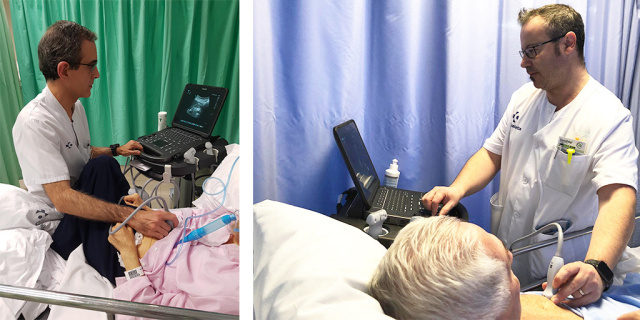
The rapid scanning and dynamic imaging capabilities offered by point-of-care ultrasound make it an invaluable tool for emergency medicine. Dr. Enrique Ortiz Villacian (from Emergency Services at Donostia University Hospital in San Sebastián) and Dr. …
Taking the Clinic to the Mountain
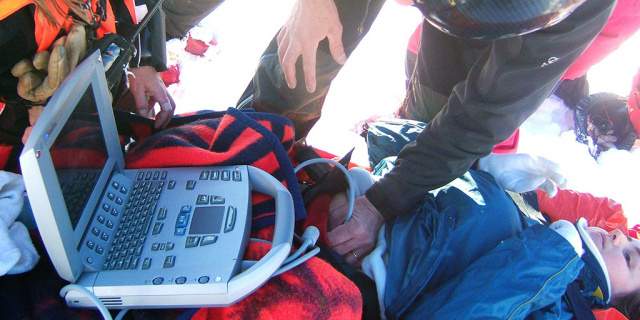
Dr. Philippe Mahiou practices anesthesia in the Grenoble area of France, splitting his time between a private clinic and working as a helicopter doctor attending mountaineering accidents. As part of his work, Dr. Mahiou routinely uses ultrasound, and understands the importance of the technology for both guiding anesthesia in the operating room and assessing patients in the field. …
Life Saving Applications of Transesophageal Echocardiography in Critical and Emergency Care
ICU Management & Practice
Robert Arntfield, MD
In this article published in ICU Management & Practice, Dr. Robert Arntfield discusses transesophageal echocardiography (TEE) training and development of a TEE clinical program, including the feasibility and impact on the diagnosis and treatment of critically ill patients. With a 97% success rate in answering high-stakes clinical questions in critically ill patients, Dr. Arntfield shares a case study on the clinical use of TEE and how the ACEP guidelines report that TEE “Provides the logical solution to these limitations, given its ability for continuous image acquisition both during compressions and during pulse checks, its reliably excellent image quality and its lack of interference with chest compressions or other procedures needed during cardiac arrest.” Please read Dr. Arntfield’s article to learn from about ACEP’s TEE guidelines and how to develop a program at your hospital.
…
The Value of Ultrasound for Nephrology
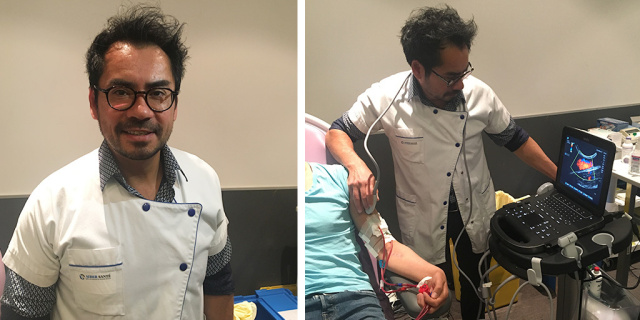
Point-of-care ultrasound (POCUS) systems are becoming a common sight in nephrology departments and renal dialysis clinics, helping clinical staff to evaluate and effectively access the vasculature of dialysis patients. Dr. Jean-Yves Bosc, a nephrologist and vascular doctor working at the nonprofit private health establishment AIDER SANTÉ in the South of France, has been a champion of ultrasound for over a decade. He explained the benefits of this technology as part of the overall care package for patients with kidney disease. …
Evaluating the Benefits of Point-of-Care Ultrasound for Geriatric Medicine
Dr. Nicolas Azulay is a general medicine doctor specializing in scheduled and emergency ultrasound examinations at the University Hospitals of Nice, France, where he works at the Pasteur II and Cimiez hospitals. As part of the clinical research program GERICARE, he recently studied the impact of point-of-care ultrasound (POCUS) assessment of patients admitted to the short-stay geriatric unit at Cimiez hospital. …
POCUS Profile: Dr. T. Sivashanmugam
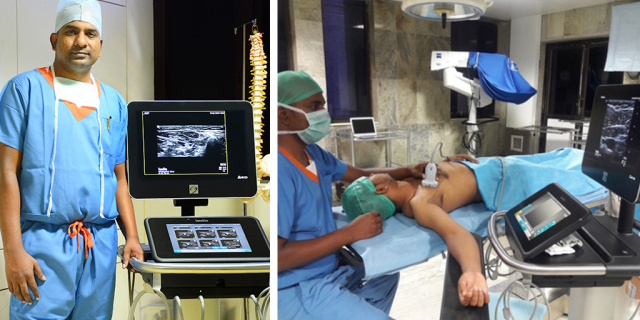
Dr. T. Sivashanmugam MD, DNB in Anesthesiology, PDCC, FRCP is a Professor in Anesthesiology at Mahatma Gandhi Medical College & Research Institute, a 1500-bed tertiary care teaching university hospital at Pondicherry, Tamil Nadu, India. He has more than ten years’ experience in practicing ultrasound-guided regional anesthesia (USGRA). For the last five years, Dr. …
Sonosite iViz Helps Make Dialysis More Comfortable
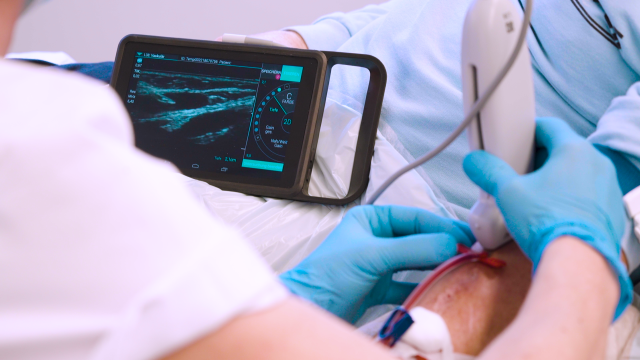
Point-of-care ultrasound is an essential tool for busy nephrology departments, and dialysis units in particular. Dr. Christoph C. Haufe, clinical lead at an outpatient dialysis centre in Erfurt, Germany, discusses the use of the technique in daily practise and his involvement in ultrasound training. …
Pain Management Alternatives for Women

Gender differences based on culturally defined roles create unique issues for women with respect to pain and opioid addiction and misuse. A report issued earlier this summer by the U.S. Pain Management Best Practices Inter-Agency Task Force, “Pain Management Best Practices: Updates, Gaps, Inconsistencies, and Recommendations”, focuses on issues related to women as part of its extensive review of how acute and chronic pain are treated in this country. …
Making the Most of Ultrasound-Guided Regional Anesthesia
AnethesiologyNews.com
Theresa Bowling MD, Wesley Knauft MD, Nishant Shah MD, Sanja Sinha MD
The use of ultrasound-guided regional anesthesia (UGRA) has dramatically increased in recent years, facilitated by the widespread availability of small portable ultrasound machines with high-resolution imaging. Numerous studies have shown that UGRA is the most effective technique to achieve the central requirement for safe, successful regional anesthesia blocks—namely, ensuring the optimal distribution of local anesthetic around the target nerves and minimizing the risk for injury to surrounding structures. Drs. Bowling, Knauft, Shah, and Sinha describe the benefits, techniques, and challenges of implementing an UGRA protocol for anesthesiologists.
…
Establishing an Ultrasound-Guided Vascular Access Program
Axis Imaging News
Judy Padula, MSN, RN and Matthew Ostroff, ARNP
Establishing vascular access is one of the most commonly performed medical procedures and plays a central role in patient care. However, obtaining PIV access is difficult in about 35% of patients who present to the emergency department. Ultrasound-guided vascular access can help address this issue, but a hospital must first create a program to educate clinicians in leveraging POCUS for this procedure. Nurses Judy Padula and Matthew Ostroff outline five steps in establishing an ultrasound-guided vascular access program: Identify and satisfy unmet needs, locate the safest, most cost-effective catheter site with ultrasound, use ultrasound-guided PIVs as an alternative to high-risk central lines, recognize the vital role nurse leadership can play in implementing a successful vascular access program, and leverage the nurse/physician partnership to optimize patient care.
…
What is ERAS (Enhanced Recovery after Surgery) and How Is It Supporting Better Patient Outcomes?
DOTMed HealthCareBusiness NewsPhilip Corvo, MD, MA, FACSDr. Philip Corvo serves as chairman of the Stanley J. Dudrick Department Surgery and Director of Surgical Critical Care at Saint Mary's Hospital, Trinity Health Of New England, located in Waterbury, Connecticut. He leads an innovative ERAS (Enhanced Recovery after Surgery) program which is helping reduce opioid use, speeding patient recovery and reducing costs. DOTMed interviewed Dr. Corvo about the program he leads, in which he discusses the financial impact of ERAS, how to establish an ERAS program, and patient success stories. …
Emergency Physician Brings Ultrasound to Rural Guatemala
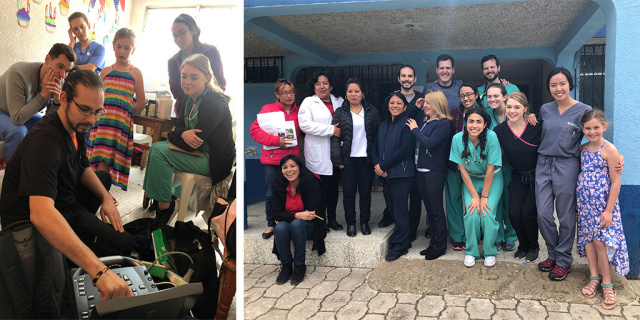
Emergency physician Dr. Elijah Katz has worked with Sonosite ultrasound machines for several clinical and teaching missions around the world. Point-of-care ultrasound (POCUS) is a large part of Dr. Katz’s practice both at home and abroad, and he currently serves as a Fellow in Combined Clinical Ultrasound and Global Health in the Department of Emergency Medicine at University of Texas, San Antonio. …
Medical Mission to Kenya Introduces High School Students to Ultrasound
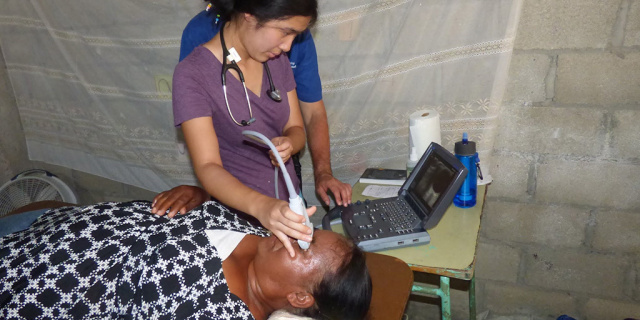
Dr. Martin Kelly is an attending physician in the Emergency Medicine Residency Program at Darnall Army Medical Center, Fort Hood, Texas. He has been involved in mission trips for 15 years, most of them in conjunction with Maranatha Volunteers International located in Sacramento, California. Dr. Kelly was kind enough to write a report about this nonprofit and its collaboration with Sonosite. …
New Government Recommendations Advance Interventional Approaches to Improve Pain Management
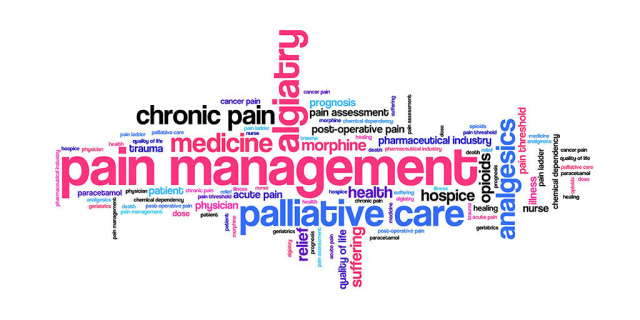
POCUS for Emergency Medicine Helps Save Lives
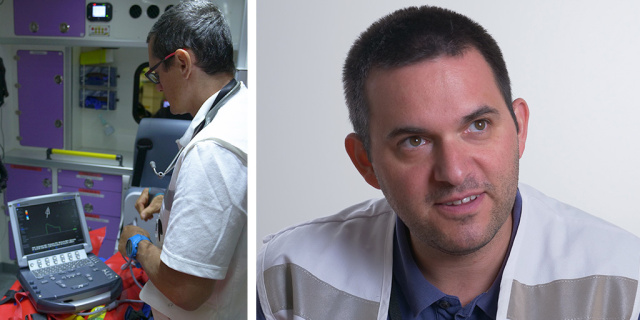
Emergency physicians must make life-saving decisions as quickly as possible to choose the correct treatment and direct patients to an appropriate hospital. Emergency department chief Dr. Sylvain Benenati and emergency doctor Dr. David Sapir, both from Melun Hospital in France, discuss how the dynamic nature of point-of-care ultrasound makes it invaluable in these busy environments.
POCUS on the Road …


